SCRUMstudy Agile Master
SAMC™ Certified Professionals should appreciate the concepts of Agile development and have the ability to compare and choose the Agile methodology appropriate in a given situation.
SCRUMstudy Agile Master Certified (SAMC)
Rapid changes in technology, market demands, and expectations have paved the way for the conceptualization and implementation of agile methods and values in many organizations. Agile relies on adaptive planning and iterative development and delivery. It focuses primarily on the value of people in getting the job done effectively.
Agile Master Certified (SAMC™) professionals possess a wide ranging knowledge and understanding of the values, methods and intricacies of Agile. The purpose of the exam is to confirm applicants have ability to compare and choose the methodology appropriate in a given situation. You will be awarded the Agile Master Certified (SAMC™) certificate by SCRUMstudy after successfully passing the certification exam.
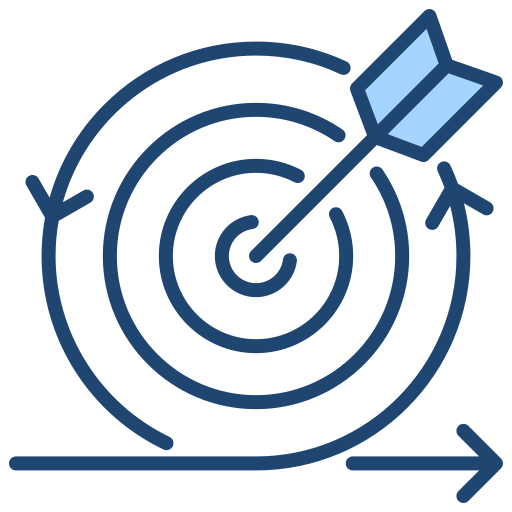
Course outcomes
At the end of the course you will be able to:
- Participants will be familiar with the concepts and practices of Agile project delivery.
- Participants will be equipped with detailed knowledge and understanding of available Agile methodologies.
- Participants will be able to compare and choose the methodologies or parts of methodologies that are most relevant to their current and future situations.
- Participants will be armed with the proper tools to take the lead in Agile projects and to address and resolve Agile issues in their organizations.
- Participants will be in a position pass SAMC™ exam.

What you will learn
The aim of the SAMC® course is to:
- Provide understanding of the concepts and practices of different Agile Project Delivery methods
- Provide strong understanding of Agile methods to be able to compare and choose the methodologies or parts of methodologies that are most relevant to different situations.
- Prepare participants to take SAMC™ exam upon completion of the course.
- At the end of this course the delegate will be prepared for the SAMC™ exam
Course outline
During this course the following topics will be reviewed:
- 1. Introduction
- 2. Agile Overview
- 3. Domains of Agile Practices
- 4. Lean Kanban Software Development
- 5. Understanding Lean Software Development
- 6. Understanding Kanban
- 7. Scrum
- 8. Extreme Programming
- 9. Test-Driven Development
- 10. DSDM
- 11. Crystal
- 12. Feature Driven Development
- 13. Comparison of Agile Methods
- 14. Best Fit Analysis Tool


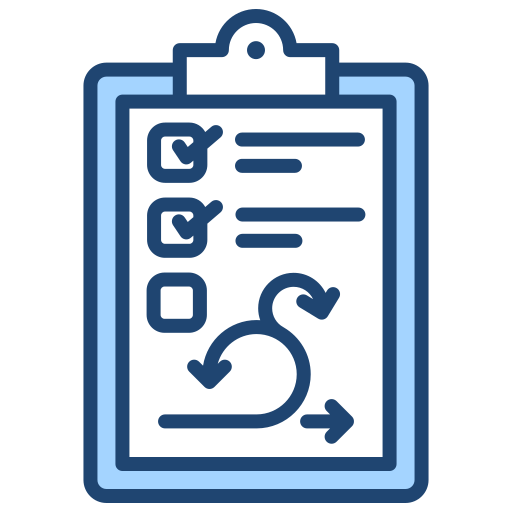
Who will benefifit?
The following individuals will benefit from this course:
- This certification is appropriate for anyone interested in getting familiar with the concepts and practices of Agile Project Delivery, and who wants to have a working knowledge of the various Agile methodologies.
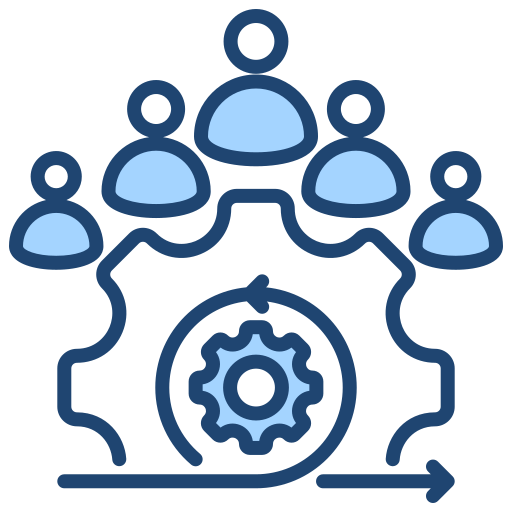
Prerequisites
- There is no formal prerequisite for this certification.
- However, an SDC™ or SMC™ certified professional will be able to easily understand the concepts required for the certification exam.
- Alternatively, you can attend a 3-day SAMC™ classroom training provided by a SCRUMstudy approved Authorized Training Partner (A.T.P.)
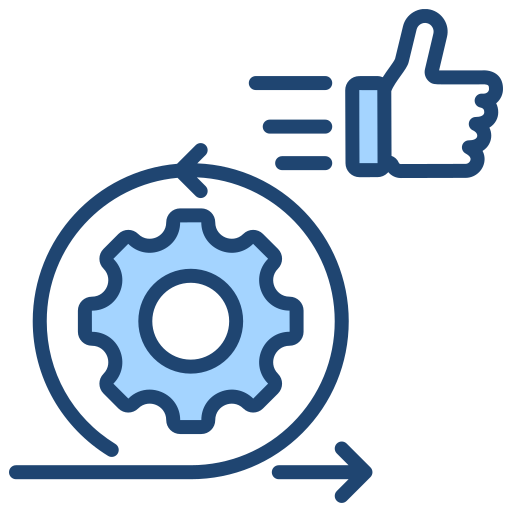
Course methodology
- We promise a highly engaging course that ensures high retention of concepts and theories.
- Students are encouraged to work through the concepts rather than just listen to them—this provides better internalization and retention.
- Students work through a case study to simulate product development using the Scrum Framework.
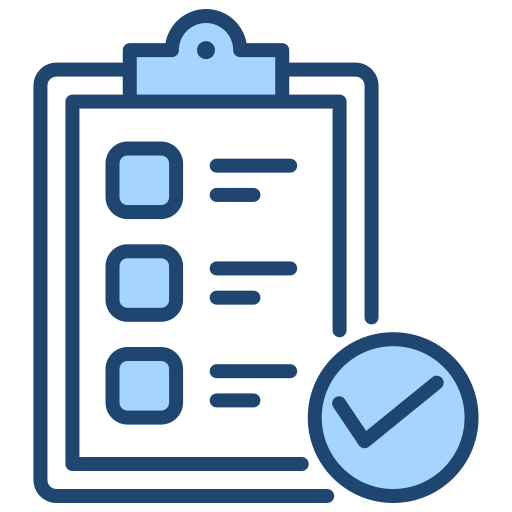
Examination format
- Multiple choice
- 100 questions per exam
- No negative marks for wrong answers
- 180 minutes duration
- Proctored online exam
- Current pass rate: 93%


What is included
Class registration includes:
- High quality videos, study guides, chapter tests, and case study
- High quality hands-on training using role-plays and case-studies.
- Course fee includes certification exam fee.
- Complimentary copy of the SBOK® Guide.
Inscríbete ahora
Inscríbete en nuestro próximo curso de SCRUMstudy Agile Master Certified y descubre cómo puedes liderar la transformación en tu organización.

